Straight teeth and a healthy bite depend on more than brackets, wires, or aligners. Muscles, posture, and breathing patterns set the stage for how teeth sit in the mouth and how jaws grow. If the lips rest apart and breathing happens through the mouth, orthodontic mechanics have to work against that daily pattern. Encourage nasal breathing and a gentle lip seal, and treatment often moves more smoothly while long-term stability looks more promising.
A small tool has entered many clinics to help with this very point. MyoTape, a soft, elastic tape placed around the lips, nudges the mouth toward a light, natural seal. It does not lock the lips shut, it supports the body to do a job it is meant to do on its own. For orthodontic patients, that simple cue can be powerful.
Why nasal breathing matters for teeth and jaws
The mouth is for eating and speaking. The nose is built for breathing. When air goes through the nose, it is filtered, warmed, and humidified. Inside the mouth, the tongue rests against the palate and the lips sit together with minimal effort. That posture shapes the dental arches during growth, maintains arch width, and provides a stable environment for teeth to settle.
Mouth breathing tells a different story. Lips stay apart, the tongue drops low, and the cheeks can narrow the upper arch. Many clinicians see links between chronic mouth breathing and bite problems like anterior open bite, posterior crossbite, or excessive crowding. Research connects mouth breathing and enlarged tonsils or adenoids with altered facial growth patterns, especially in children who are still in the window of rapid development.
Nasal breathing also supports saliva flow and oral pH. A dry mouth can irritate soft tissue, increase plaque accumulation, and contribute to enamel demineralisation. During orthodontic treatment, that dryness can make brackets feel sore and may raise the risk of white spot lesions. Moist air through the nose keeps the oral environment more comfortable and protective.
The simple idea behind lip tape
MyoTape is designed to sit around the lips, not across them. The central opening means a person can part the lips, speak, cough, or breathe through the mouth if needed. The stretch in the material adds a light elastic cue that reminds the lips to meet, which encourages nasal breathing once the nose is clear.
This differs from generic tapes placed straight across the mouth. Many patients find MyoTape less claustrophobic, more forgiving during the night, and easier to remove without skin irritation. The approach mirrors a core principle in myofunctional therapy: guide function with gentle, repeatable signals rather than forcing a position.
Used consistently, that cue helps the brain adopt lip closure as the default. During the day, patients learn to keep the tongue on the palate and breathe through the nose. At night, the tape reduces the tendency to lapse into mouth breathing when muscle tone drops during sleep.
Where it fits in an orthodontic plan
Clinicians often add MyoTape as one part of a broader treatment plan. It pairs well with:
- Expansion in growing children, to support tongue posture on a widened palate
- Fixed appliances, to reduce dryness around brackets and wires
- Clear aligners, to improve oral comfort and lower daytime mouth breathing during wear
- Retention, to guard against relapse driven by low tongue posture and open-mouth rest
Practice protocols vary. Some orthodontists start children on daytime training first, then build up to short supervised naps with tape, then full nights once nasal breathing is comfortable. Others introduce it during aligner therapy to support compliance with wear time and to improve comfort.
Key benefits when used properly
- Encourages nasal breathing and correct swallowing pattern, which supports palatal shape and arch width in growing patients
- Helps maintain a light lip seal, limiting strain on anterior teeth and reducing flaring risk
- Reduces oral dryness at night, which can make orthodontic appliances more comfortable and may support better gingival health
- May cut down snoring related to open-mouth sleep in some individuals without airway obstruction
- Provides a simple home cue for myofunctional therapy, reinforcing clinic exercises
None of this replaces treatment mechanics. It complements them. Teeth still need controlled forces. The difference is that the muscles and breathing habits help rather than hinder those forces.
A quick comparison of goals and how lip tape can assist
| Orthodontic goal | Physiology that supports the goal | How MyoTape helps | Practical notes |
|---|---|---|---|
| Promote palatal growth in children | Tongue-to-palate posture stimulates the mid-palate during growth | Gentle lip seal nudges the tongue upwards and mouth closed during rest | Pair with nasal hygiene and myofunctional exercises |
| Improve comfort with braces or aligners | Moist oral environment reduces friction and soreness perception | Night-time lip seal reduces dryness from mouth breathing | Remind patients to hydrate and maintain wax use if needed |
| Reduce risk of long-term relapse | Stable rest posture of lips and tongue helps teeth settle | Consistent cue trains a closed-mouth habit | Continue during retention, then taper with habit checks |
| Cut down open-mouth snoring without obstruction | Nasal breathing reduces soft tissue vibration linked to mouth-open sleep | Keeps lips together when muscle tone drops in sleep | Screen for nasal blockage or sleep apnoea before use |
| Support oral hygiene | Saliva flow and nasal breathing help maintain pH | Limits drying of cheeks and lips around brackets | Does not replace brushing, flossing, and fluoride care |
Who should consider it, and who should not
Good candidates:
- Children with habitual mouth breathing once nasal passages are clear
- Teenagers or adults in braces or aligners who wake with dry mouth
- Retainer wearers who keep reverting to open-mouth rest at night
- People engaging in myofunctional therapy who need an extra cue outside clinic time
Avoid or seek medical advice first:
- Anyone with diagnosed or suspected obstructive sleep apnoea
- People with frequent nasal blockage, untreated allergies, or structural nasal issues
- Those with vomiting or reflux risk at night
- Severe skin sensitivity, active dermatitis around the lips, or adhesive allergy
- Children who cannot remove the tape on their own or who are not supervised
- Recent oral surgery, fresh ulcers, cold sores, or wounds around the lips
A short screening checklist helps. Can you breathe comfortably through your nose for three minutes while at rest, mouth closed, without strain? If the answer is no, start with nasal care and medical assessment before thinking about tape.
Practical guide to getting started
-
Prepare the nose
Rinse with saline, blow gently, and treat allergies as advised by your clinician. A clear nose comes first. -
Test the skin
Place a small piece of the tape on your forearm for 30 minutes. If there is redness or itching that persists, speak with your clinician about alternatives. -
Start in daylight
Sit upright, place the tape around the lips with a small opening at the centre, and breathe quietly through the nose for 10 minutes. Read or watch a short video to keep the mind at ease. -
Build gradually
Move from 10 minutes to 30 minutes, then to a short nap, then to a whole night. Many patients reach a full night within a week or two. -
Place and remove with care
Apply to clean, dry skin, free of oils and balm. To remove, support the skin with one hand and peel slowly from one side. If needed, use a dab of warm water or a drop of oil at the edge. -
Keep a simple log
Note hours used, comfort rating, and any overnight wakes. Share the log with your orthodontist during reviews.
Tips for consistent use
- Keep the tape next to your toothbrush and retainer case to link it with an existing routine
- Set a phone reminder near bedtime
- If a cold or allergy flare appears, pause use and treat the nose before resuming
- Replace the tape nightly, and store in a clean, dry place
Safety, skin care, and troubleshooting
Skin comfort matters. If the corners of the mouth feel tender, adjust placement slightly outward, and avoid stretching the tape too tightly. A thin layer of barrier cream around, not under, the adhesive zone can help if the skin runs dry, though oils under the tape will reduce adhesion.
If you wake and feel the urge to mouth breathe, sit up, rinse the nose with saline, and try again only when breathing feels calm and effortless. Anxiety early on is common for some, which is why short daytime sessions help. If anxiety persists, this method may not suit you, and that is fine.
Snoring that continues despite lip seal suggests nasal blockage or airway collapse beyond the lips. That calls for a medical review, not more tape.
How this supports myofunctional therapy
Many orthodontic practices now include simple muscle training: tongue elevation to the palate, chewing exercises, and correct swallowing without lip strain. MyoTape acts like an at-home reminder that hands those clinic cues back to the nervous system during the longest block of rest each day.
- Tongue rests higher against the palate during sleep
- Lips meet without active tension
- The cheeks exert less inward pressure on the upper arch
- Swallowing during sleep becomes quieter and more coordinated
For growing children, that combination can influence jaw direction and width over time. For adults, it supports stability and comfort, which still matters a great deal.
Pairing with common orthodontic appliances
Braces
Night-time dryness can make the inner lips feel sore around brackets. Supporting nasal breathing keeps tissues moist and reduces that morning sandpaper feeling. Patients often report fewer lip cracks and less need for lip balm.
Palatal expanders
Expansion opens space for the tongue. If mouth breathing continues, the tongue may stay low and the cheeks can work against the new shape. A gentle lip seal helps the tongue occupy the new space during rest, which supports the goal of the expander.
Clear aligners
When lips are slightly parted, people tend to sip air and talk more with a dry mouth. A modest habit shift to nasal breathing can make aligners feel less sticky and reduces the urge to remove them for relief.
Retention
When the active phase ends, the risk of drifting begins. Retainers guide the teeth, habits hold the rest. A month or two of night-time use while settling into a closed-mouth rest posture can be a smart buffer against relapse.
Measuring progress without gadgets
- Mirror check: lips resting lightly together during daytime screens or reading
- Tongue posture: tip behind the upper front teeth, body of the tongue broad and high
- Night-time signs: less drool on the pillow, fewer dry-mouth wakes
- Parent observations in children: fewer open-mouth photos, calmer sleep, less snoring
- Simple nasal score: time you can breathe through your nose comfortably while sitting still
Clinics can add 3D scans, arch width measurements, and posture photos over time. The key is to blend numbers with daily life signals that matter to the patient.
Questions people ask
Is it safe to tape the mouth at night?
The product sits around the lips and allows mouth opening. It is aimed at people who can breathe well through the nose. It should not be used by anyone with untreated airway problems, significant nasal blockage, or those who cannot remove it on their own.
Will this fix crooked teeth on its own?
No. Teeth move with controlled forces. What MyoTape does is support a favourable environment for those forces and for stability afterwards.
My child snores. Should we use this?
Snoring in children deserves medical attention first. If the nose is clear and no airway disorder is present, a clinician may consider MyoTape under supervision.
Will this stop sleep apnoea?
No. Apnoea relates to airway collapse beyond the lips. Mouth taping is not a treatment for apnoea.
What if the nose blocks at night?
Pause use, treat allergies or congestion, and return only when nasal breathing is easy. Many people benefit from evening saline rinses and allergen control in the bedroom.
Research snapshot
Evidence supports several ideas relevant to orthodontic care:
- Mouth breathing correlates with malocclusions in growing children in multiple observational studies
- Nasal breathing supports tongue-to-palate posture, which is linked with broader maxillary arches
- Trials on mouth taping show reductions in open-mouth snoring for selected patients without apnoea
- Direct randomised trials linking lip taping to faster orthodontic tooth movement are limited at present
That balance matters. The mechanism makes sense, observational data are consistent, and clinical experience is encouraging, yet orthodontic outcomes rely on more than one factor. This is why clinicians frame MyoTape as part of a package that includes appliance choice, myofunctional training, nasal care, and sound oral hygiene.
A day-to-night routine that works
Morning
- Brush, floss, and rinse as directed
- Brief nasal rinse if you are prone to blockage
- One minute of tongue-to-palate holds
Afternoon
- Two short sets of myofunctional exercises from your clinician
- Check-in during screen time: lips together, nose breathing, jaw relaxed
Evening
- Tidy bedroom air with dust control and cool temperature
- Apply tape after brushing and retainer placement
- A few minutes of quiet nasal breathing before lights out
Small habits compound. Patients who run this simple routine for a month often feel calmer, less dry in the mouth, and more settled with their appliances.
What clinicians can put in place
- Screen for nasal obstruction at consultation, then refer as needed
- Explain the link between rest posture, breathing, and treatment stability
- Offer a graded introduction to MyoTape alongside myofunctional tasks
- Provide written guides, video demonstrations, and a progress log
- Review skin comfort, fit, and nasal care at each visit
- Coordinate with ENT or sleep specialists when signs point to airway disease
This kind of joined-up care reduces friction during treatment. It also teaches patients how to keep the result they invested in.
Sensible cautions and realistic gains
Be candid about limits. MyoTape will not move a rotated canine or close a large gap. It may, however, keep the lips from straining against the front teeth, reduce open-mouth rest that narrows the arch over time, and support the tongue to stay up where it should. Many people also find sleep feels calmer when the mouth stays closed and the nose does the breathing.
Children need close oversight. Use child versions of the product, apply under supervision, and confirm the child can remove the tape. If any worry arises, stop and speak to your clinician.
Adults who are new to the idea should start in daylight and take their time. Comfort is the guide. Nasal health is the gate.
Bringing it all together in everyday orthodontics
Think of MyoTape as a tiny coach that sits quietly on the sidelines at night. The heavy lifting still comes from skilled planning, precise appliance use, and patient care. Taping does not replace any of that. It gives the mouth a nudge toward its natural resting state, the one that supports broader arches in growing faces and stable bites in finished cases.
If you are curious, speak with your orthodontist or dentist. Ask about nasal breathing, posture, and whether a simple lip-seal cue could help your plan. For many patients, the answer is yes, and the changes feel both subtle and significant.











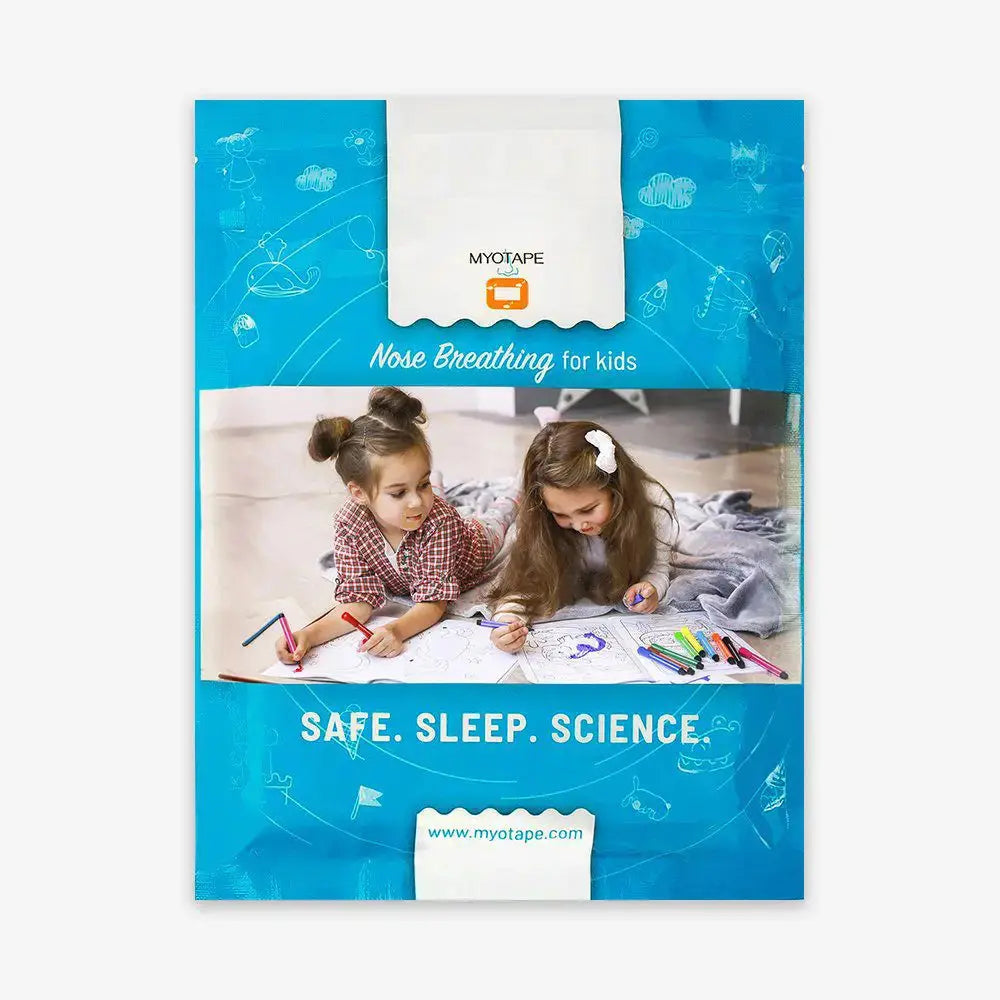
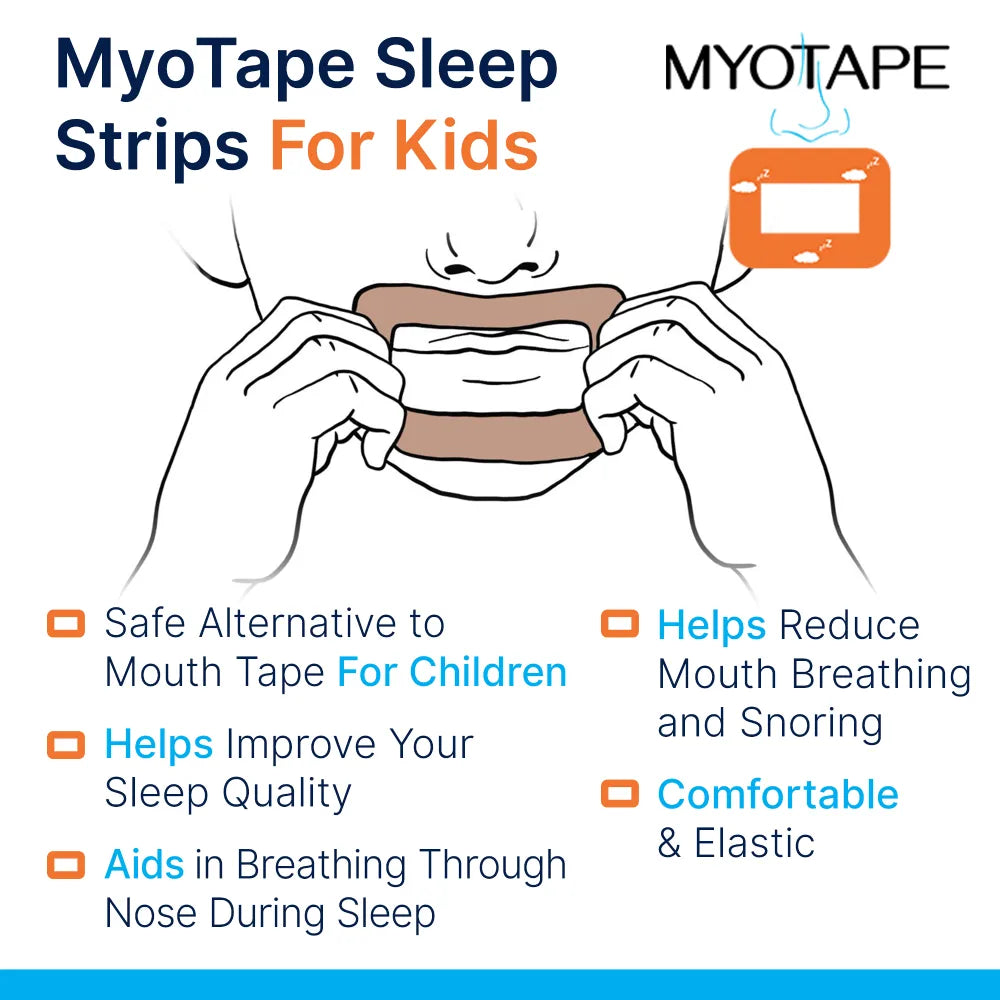
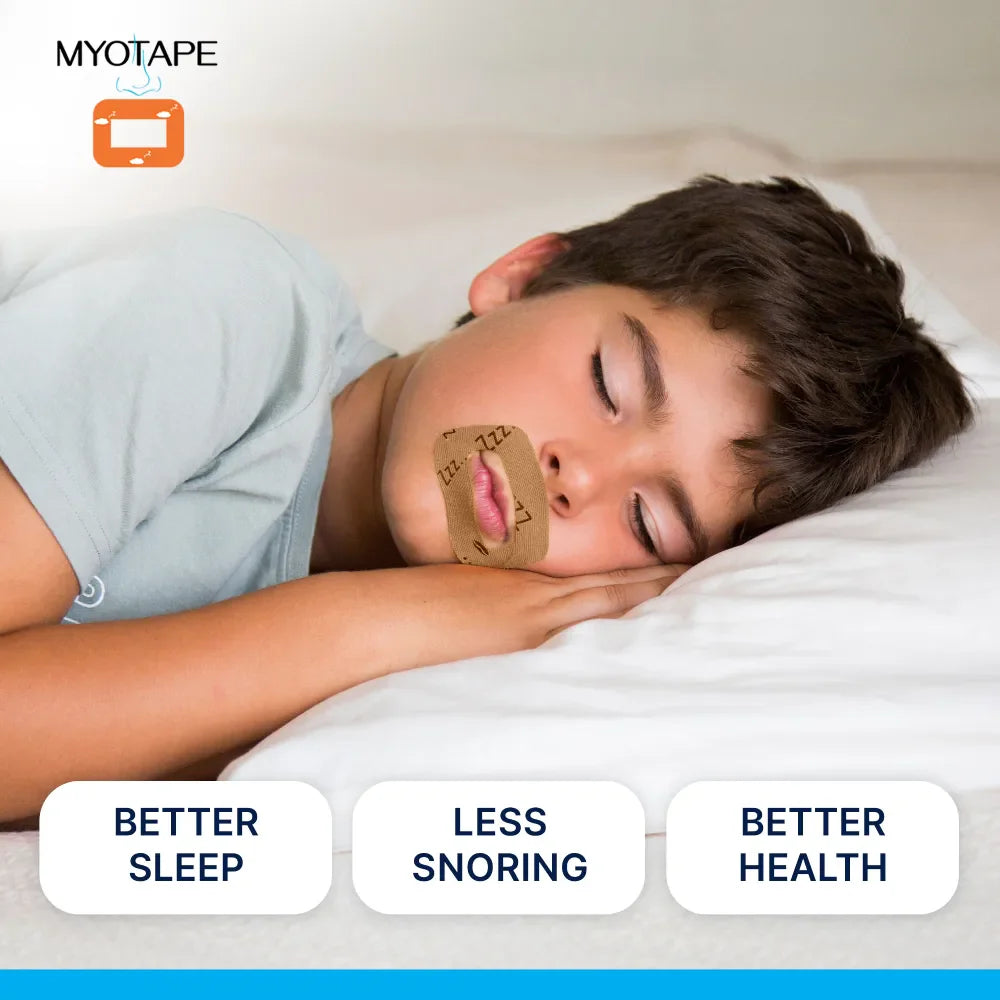
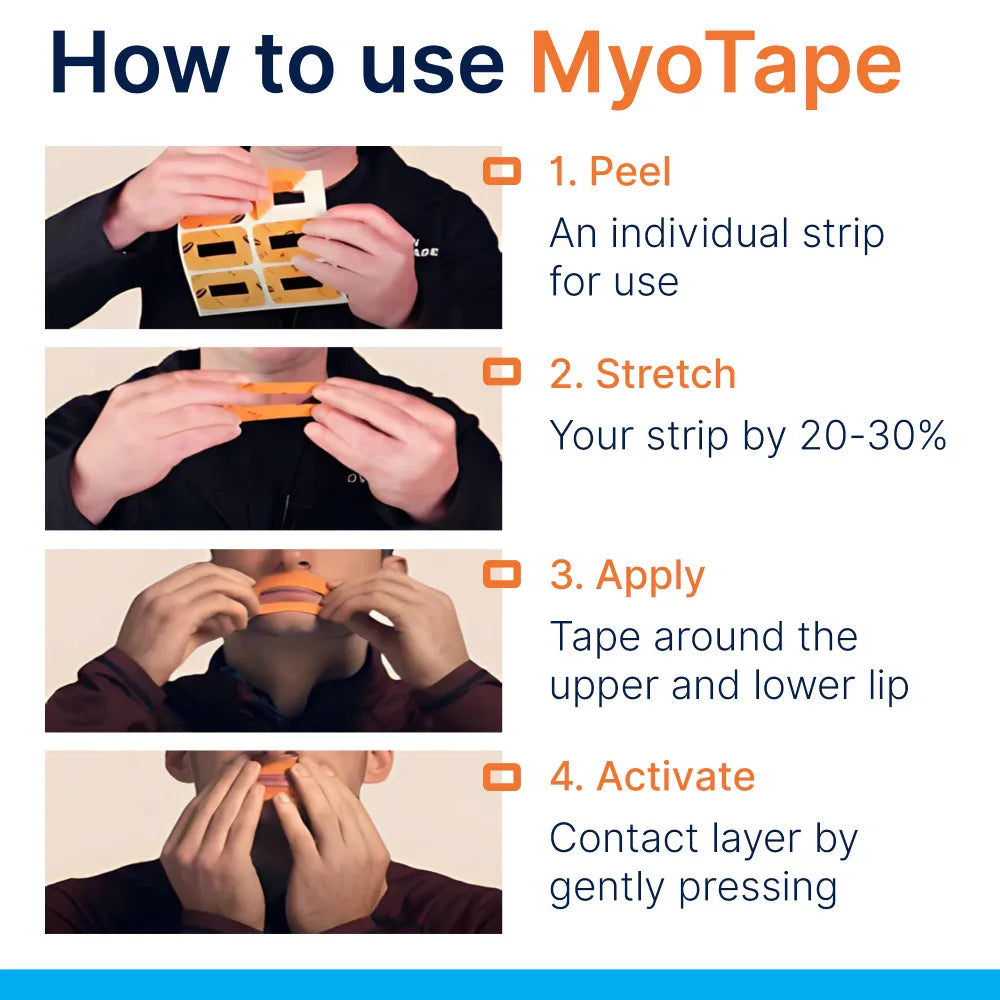
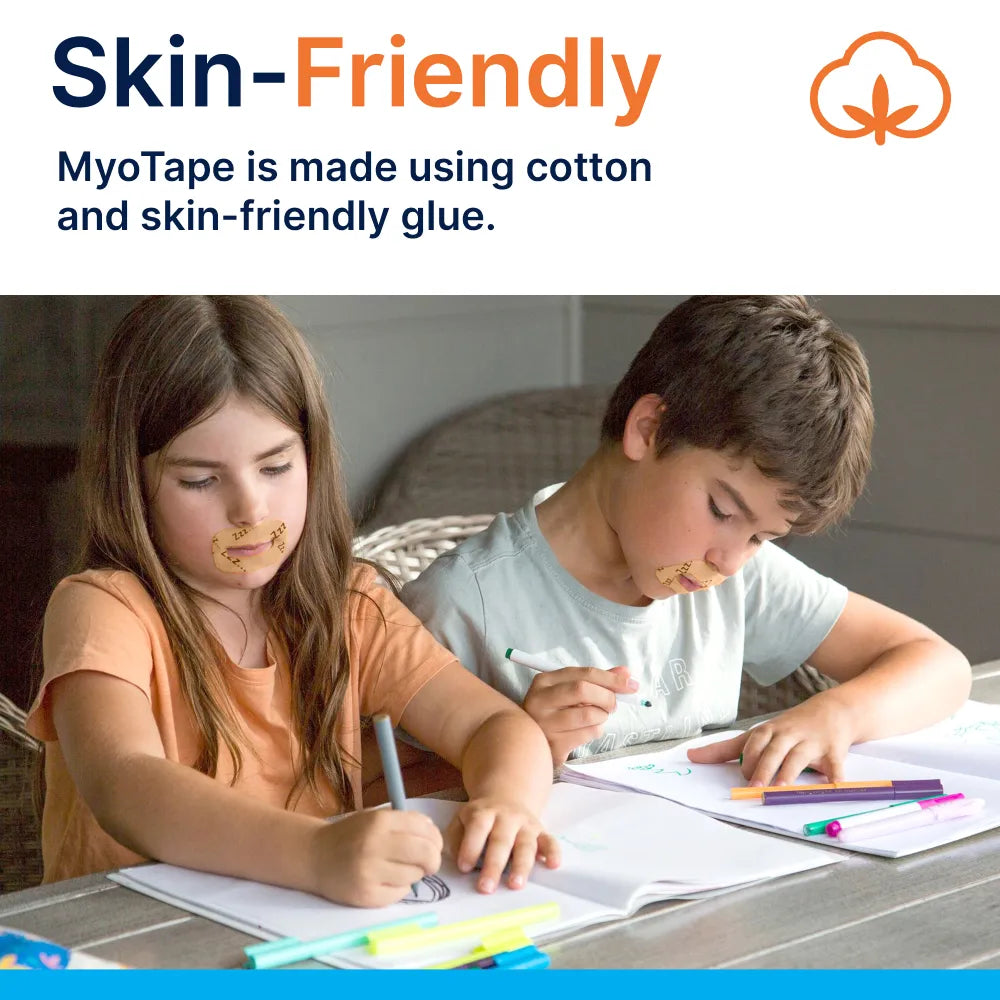










0 comments